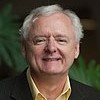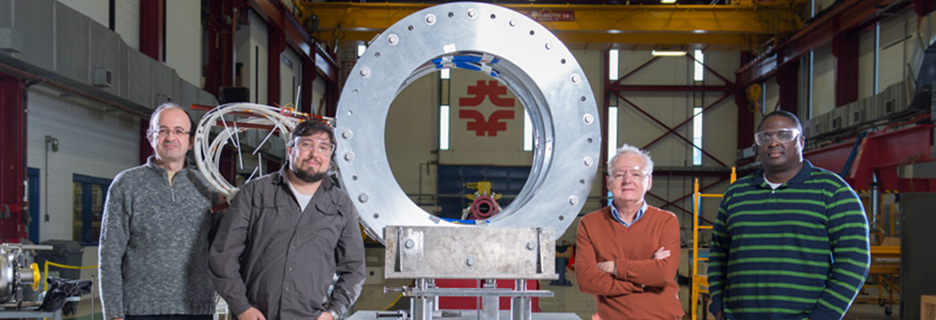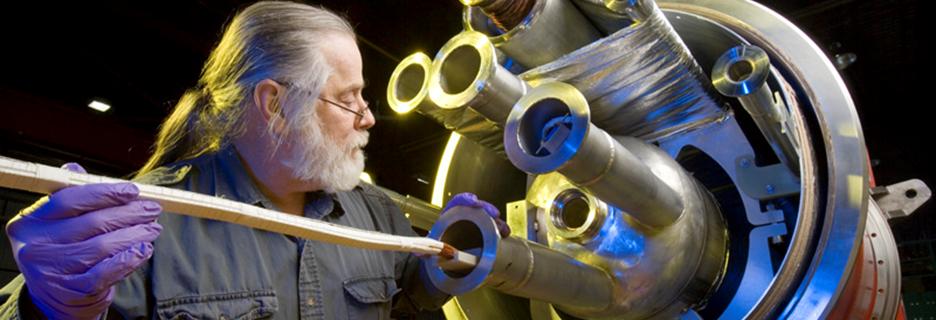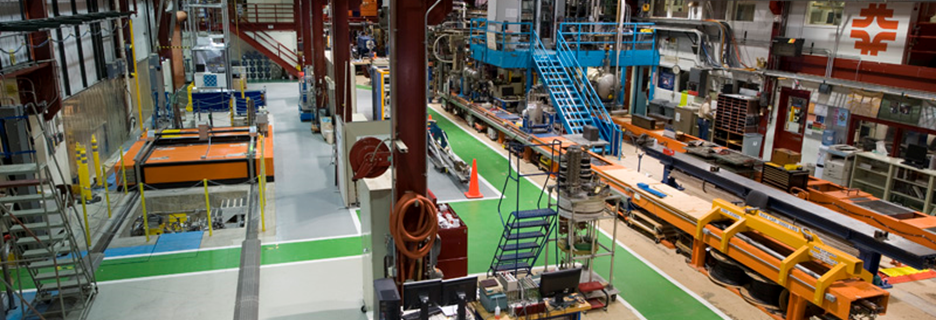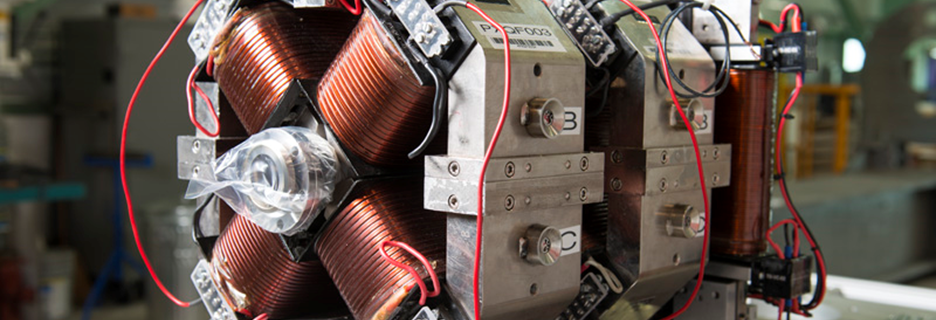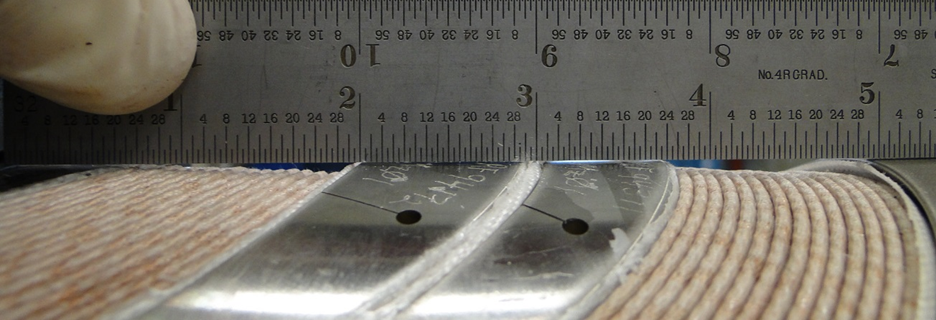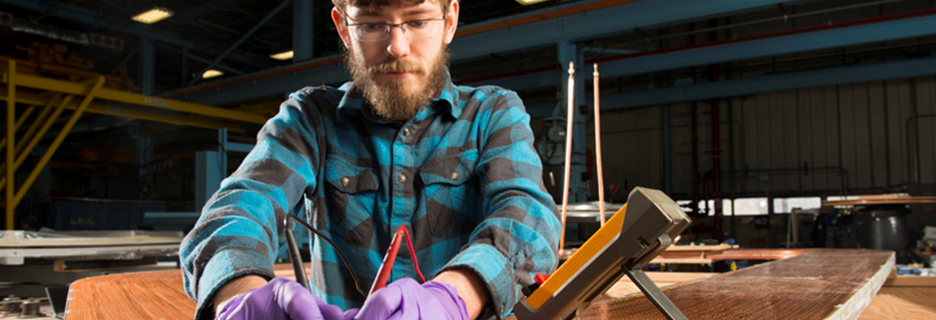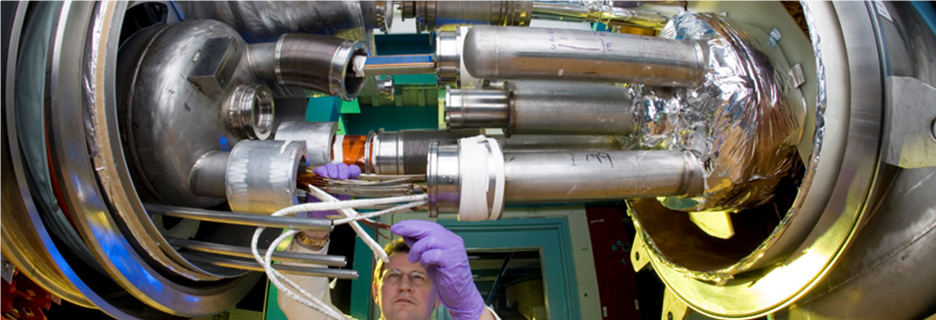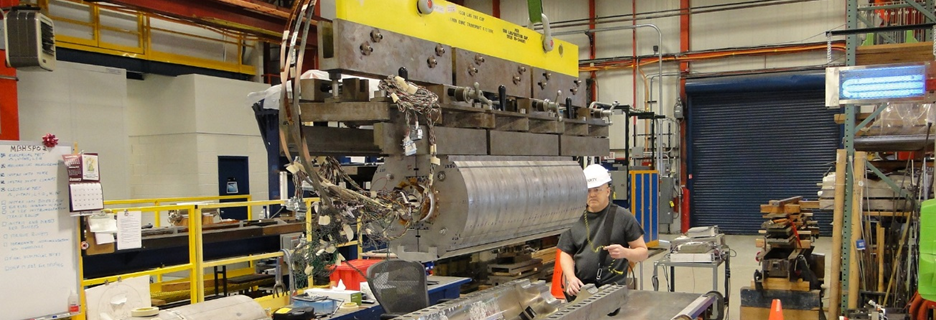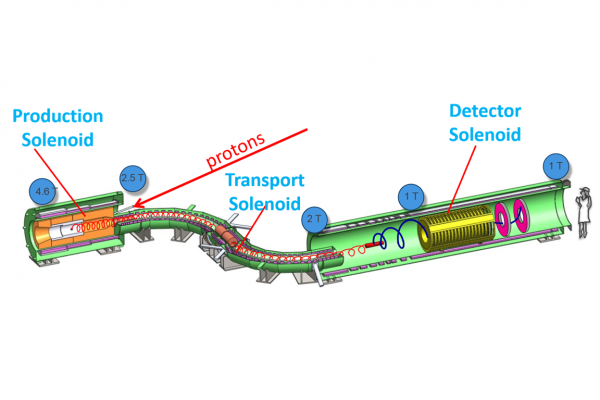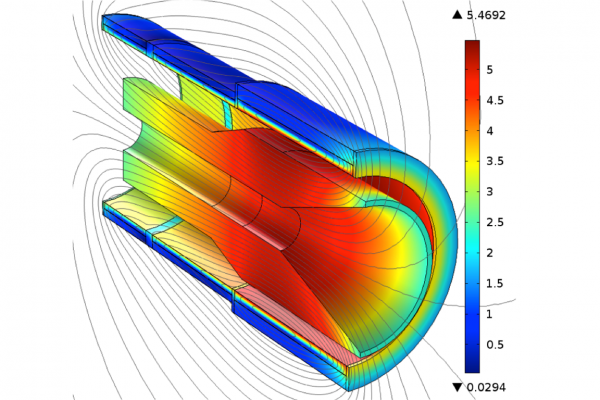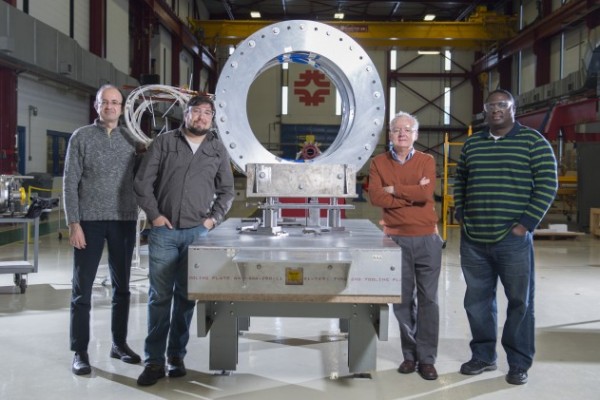This page describes the Applied Physics and Superconducting Technology Directorate (APS-TD) contribution to Mu2e. For more information, the Mu2e Collaboration page is found here.
Oscillating Leptons
Nature provides us with two kinds of leptons, or weakly interacting particles. One type is the neutral leptons, or neutrinos. The other type consists of the charged leptons, which include the familiar electron and its heavier cousin, the muon. In the Standard Model of particle physics, neutrinos are observed to “mix”, or oscillate, from one type to another. What about charged leptons? Can a muon oscillate into an electron? While the Standard Model allows this to happen, the predicted rate is so small that in practice it would never be observed. In fact it never has been observed.
We have many reasons to believe that the Standard Model does not give us the whole story of explaining particle physics, and extensions to this model predict that charged lepton mixing, or Charged Lepton Flavor Violation (CLFV), would occur at a rate that is still very small, but large enough to be seen by a technically feasible experiment. The Mu2e Experiment at Fermilab is designed to detect CLFV in the specific mode of a conversion of a muon to an electron. If detected, it would be the first clear evidence for Physics Beyond the Standard Model.
Mu2e is an unusual experiment in that all the action happens inside a magnetic field. The requirements for this field are so complex that it takes three magnets to do the job. All three of these magnets share some properties in common: they are all solenoids, and they are all superconducting.
A solenoid is in principle a very simple magnet. Take a hollow tube, and wrap a wire tightly around the outside of the tube to make a coil. Now send a current through the coil, and you have a solenoid magnet: the field inside the tube is pointed along the tube’s axis. A charged particle, such as a muon or electron, will be forced by the magnetic field to move in a helical, or corkscrew, path down the axis of the tube. This allows the experiment to guide the particles in the direction we want them to go.
A superconducting magnet takes this basic concept and makes it very powerful. Superconductors are wires, or cables, with very special properties: when cooled to extremely cold temperatures, near absolute zero, they lose all resistance to electricity. This means one can transmit a huge amount of current through the cables without causing them to heat up, which would limit the size of the current in ordinary wires. The more current we can send through the cables, the stronger we can make the magnetic field. Mu2e needs very strong magnetic fields.
An APS-TD team is responsible for designing and procuring the three superconducting solenoid magnets.
Here is one way to think of the experiment: prepare a sample of aluminum atoms in which some of the electrons orbiting the aluminum nuclei have been replaced by muons. Watch very carefully and count how many muons convert into electrons. Be sure to remove any unwanted background signals that might interfere with our ability to count conversion electrons.
Sounds simple? The details require some care. The sample of aluminum atoms is simply a stack of thin aluminum disks that are hung by very thin wires in a vacuum. Getting muons to settle on them takes a bit of work. We don’t want anything else to settle on the aluminum disks other than muons. Removing other unwanted particles, such as antiprotons, is one job of the Transport Solenoid (TS).
To date, TD engineers and physicists have made great progress on these magnets. A prototype TS module has been tested, and was found to meet the needed requirements. TD will test all of the production modules and then assemble these modules into a complete magnet.
Contact: Michael Lamm
